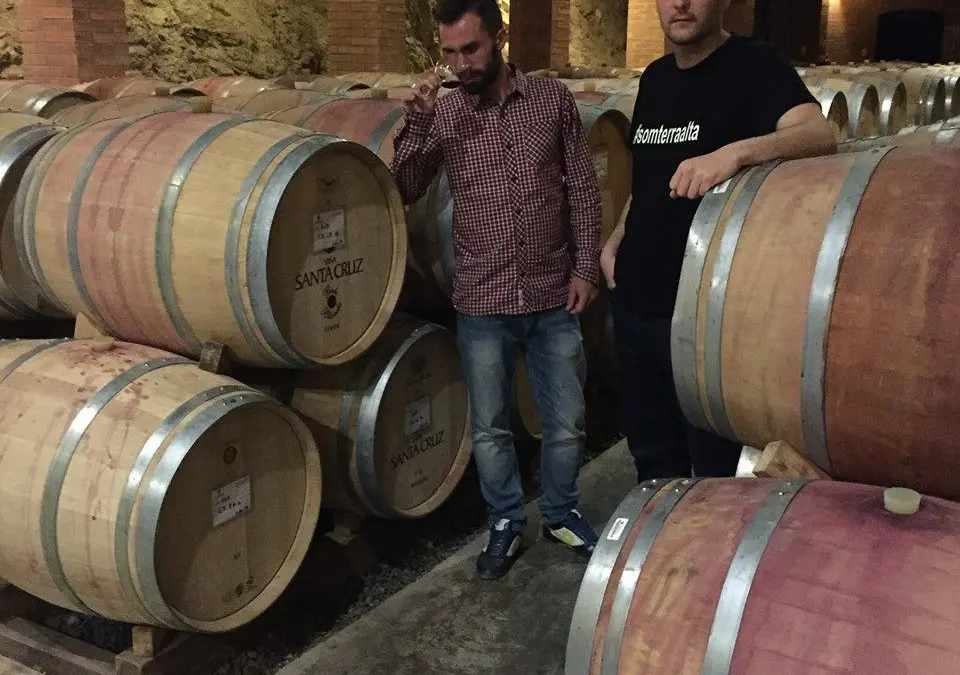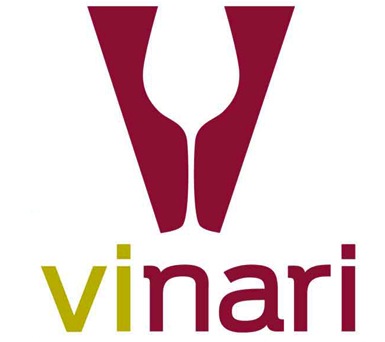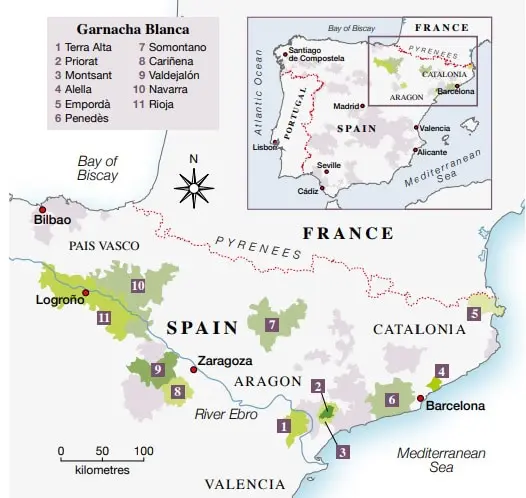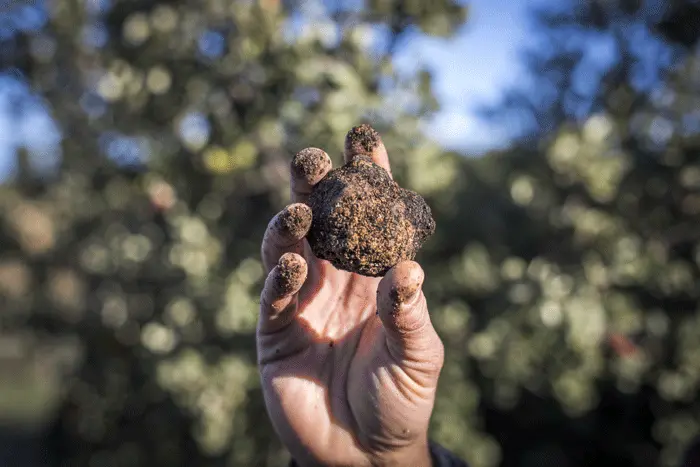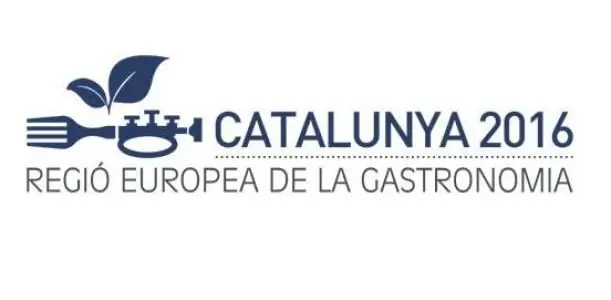
ViOrigen enrolls to “Catalonia 2016 European Region of Gastronomy and Wine Tourism”
21 May, 2019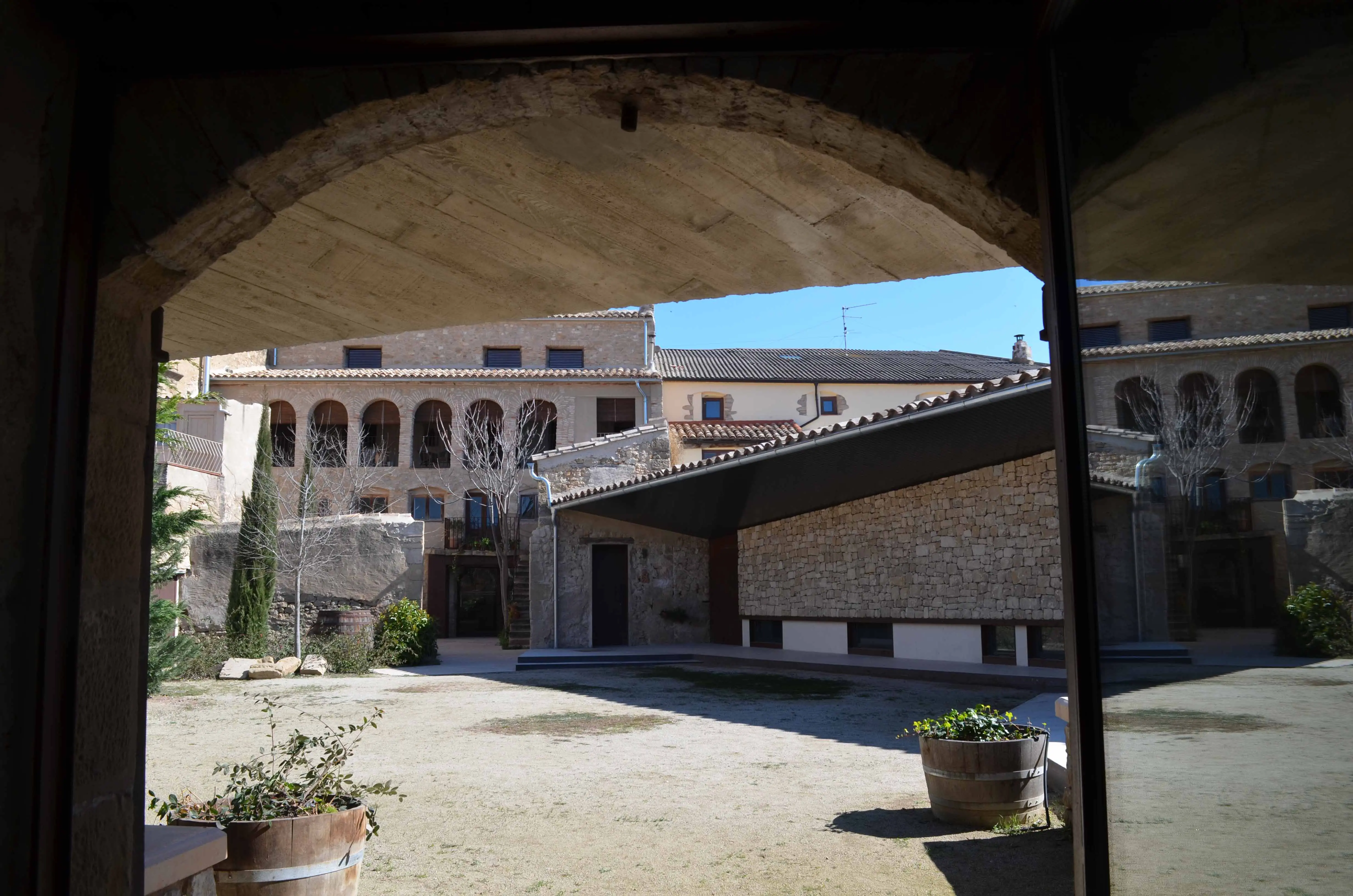
The wine tourism in Terra Alta during Easter
21 May, 2019Last November Josep Vicens (Celler Josep Vicens) and Jordi Navarro (ViOrigen) made a trip along several wine regions in Chile. We visited various wineries fromV Región de Valparaiso, VI Región del Libertador Bernardo O’Higgins and VII Región del Maule.
The route runs from north to south, the first stop was inValle de Casablanca located in V Región de Valparaiso. The zone is formed by different valleys where the vineyards occupied a surface of more than 6.000 ha. Due to the influence of cold sea currents it benefits from cooler temperatures and morning fog during a lot of days and for this reason the vines receive less sunlight. These climatic characteristics make that the better adapted varieties areChardonnay, Sauvignon Blanc and Pinot Noir.
The first cellar that we visited in Valle de Casablanca was Bodegas RE where we had the pleasure to be attended by the oenologist and owner Pablo Morandé Jr who is the son of very well-known Chilean oenologist with the same name who pioneered winemaking in the county of Casablanca. Pablo showed us the winery and then tasted altogether ten different wines. Meanwhile we were tasting wines Pablo also was explaining the philosophy about the new project RE which we were helped to context different wines. REinvent, REdiscover and REthink the way to do it. As a ground-breaking project in the zone Pablo breaks out of the traditional making wines French style way and bet to be swayed by what he believes. In this way, he bets for co-fermentations that allows him to make his own wines like Pinnotel (Pinot Noir + Moscatel = Muscat in English), Chardonnoir (Chardonnay + Pinot Noir), Cabernnang (Cabernet + Carignan), Syranoir (Syrah + Pinot Noir)… All the wines have personality.
The second stop in Valle de Casablanca was at Viña Casas del Bosque, close to the city of Casablanca. We received by Luis Vázquez who is the manager of tourism, he showed us the winery above a wood platform located among the vineyards which allows us to see the different plots around the cellar. The varieties much more important are Sauvignon Blanc and Pinot Noir but also they are producing wines from other dark varieties which it brings from plots located to the south from the cellar. The buildings destined to wine tourism highlights by their importance, availability, diversity and quality. Actually, this winery was awarded as the best winery to visit in Chile among other recognitions by his wine tourism quality in 2010. We can find a playground among the vineyards close to resting zone with beds and sofas. We also can find a great restaurant, a big tasting room, a stylish shop, and other tasting private rooms. After visiting processing building, Luis made us move to a tasting room. One of them highlighted above the others, the excellentSauvignon Blanc Gran Reserva very intense and expressive because of 7-days macerating between 0-1ºC.
After visits in Valle de Casablanca, we went to the south through Camino de la Fruta we arrived in Valle de Colchagua(VI Región del Libertador Bernardo O’Higgins). We could accommodate in the city of Santa Cruz which is the heart of the wine industry in the area. The Colchagua Valley is located about 150 km to the south of Santiago de Chile and runs from east to west, from Andes to Pacific Ocean with different floor types and specific microclimates but in general the frequent varieties areCabernet Sauvignon, Merlot, Syrah,Malbec and Carménère, today the last one typically Chilean it was rediscovered in Chile in 1994 after 140 years later confused by Merlot.
A few kilometres from the city we visited Viña Santa Cruz. We were impressed by the gardens full of colourful flowers among the vines which in spring paints the valley in green around the winery installations: restaurant, shop and the cellar. Before visiting the winery we rode on cable car until the hills from the plot to visit three Chilean town recreations of ancient cultures such as Mapuche, Aymara and the Rapa Nui culture. A part of this magnificent outdoors museum, in the same hill, the cellar has an observatory called Cerro Chamán where takes place astronomical tourism activities. One of the guides, Christian was waiting us who showed us the winery to end in aging room where we tasted three of their wines. To highlight Chamán Malbec Gran Reserva 2013 which is in his optimum consumption time.
The next cellar to visit in Colchagua is Viu Manent one of the historical wineries from Chile which we also were impressed by first sight for all its installations (equestrian, restaurant, pub, tasting rooms, terrace and garden of varieties). We were received very nice by Mr Freddy Grez, the tourism manager of the winery. First of all, he made a brief summary in a museum room next to reception. Then, outdoors a carriage with two horses was waiting for us for a stroll among the vineyards while Freddy was explaining the particularities of management field. We stopped at production area to taste a Syrah wine just before bottling. Freddy told us the different wine tourism proposals that they offer: regular tours, private tours, the experience of “oenologist for one day”, the harvest, etc). Finally, we entered in a magnificent tasting room where we enjoyed tasting five excellent wines to highlight: Carménère Gran Reserva 2013, El Olivar Alto (Syrah) and Viu 1 2011 (Malbec).
Following the discovery of excellent wineries from Colchagua Valley we visited Lapostolle, concretely Clos Apaltawinery, an exclusive cellar where only Clos Apalta of Lapostolle is elaborated there. We really liked the scenery around the cellar, we went on a road decorated by colourful flowers through large vineyards. We found the entrance of the winery in the top of the hill because the cellar is dug into the hill. The winery has 6 floors dug into the rock which allows to work with gravity. The first floor is dedicated to reception and stemmed of the grapes, the stemmed is grain by grain fully manual. The grains send to the -1 floor where there are oak vats where fermentation takes place. At -2 and -3 is dedicated to aging. The -4th floor there is the bottled wine and in the -5th floor takes place labelling and shipping. High technology at the serve of the quality and an extreme selection of the best grains to achieve an excellent and exclusive product Clos Apalta 2011 which we could taste it thanks to Diego Urra.
The last winery that we visited in Colchagua was Viña Montes, another benchmark in the area. A great experience with biodynamic agriculture and a very careful treatment of the fruit in the cellar which make this winery produces great wines recognized worldwide. The outdoors (Picnic zone, restaurant, pub and terrace) and indoors (tasting rooms, aging room, shop and elaboration area) are tourist attraction by themselves. We finished the visit with a tasting of five wines to highlight Montes Alpha M-2011 (Icon: Cabernet Sauvignon, Cabernet Franc, Merlot and Petit Verdot), Montes Folly 2012 (Icon: Syrah) and a magnificent Purple Angel 2013 (Icon: Carménère and Petit Verdot).
The last stop in this Chilean wine route was in VII Región del Maule, concretely in Valle de Curicó where there are 20.000 ha of vineyards. Even found a few kilometres from Colchagua this zone much more industrialized has got a lot of differences about wines production and derivatives. Among the thirty five different varieties we can find two of them very representative: Sauvignon Blanc (4700 ha) and Cabernet Sauvignon (5400 ha).
In this area we visited Viña Echeverría a winery with more than 130 years of history in Valle de Curicó that it retains a plenty of old vines and is characterized by quality sparkling wines production and other excellent wines. The visit was made by Víctor, one of the two oenologist of the winery who came from Valencia four years ago. First he showed the vines around the cellar, then elaboration area where he shows the stainless steel tank pressure to elaborate the sparkling wines by Charmat technique. We are surprised by the fact that they are export the 90% of the production to a large number of countries. It greatly affects to the expedition logistics of the cellar and we can see in the rooms where they save the bottled wines with all types of bottles, labels with several languages. We finished the visit with tasting of its sparkling wine Moscato Frizzante 2013.
In summary this travel along some main wine production areas from Chile has meant a great chance to know the way to work the countryside, the way to work in wineries, the quality of their wines and above all theirs wine tourism offering. This last one has been the most surprising, we found a very powerful wine tourism industry with a large range of quality and varied: museums among the vineyards, picnic zones, playgrounds, restaurants, tasting rooms, cable car, carriage walking, variety of activities, etc, all well-developed infrastructure that works by itself as an important tourist attraction in central Chile.

